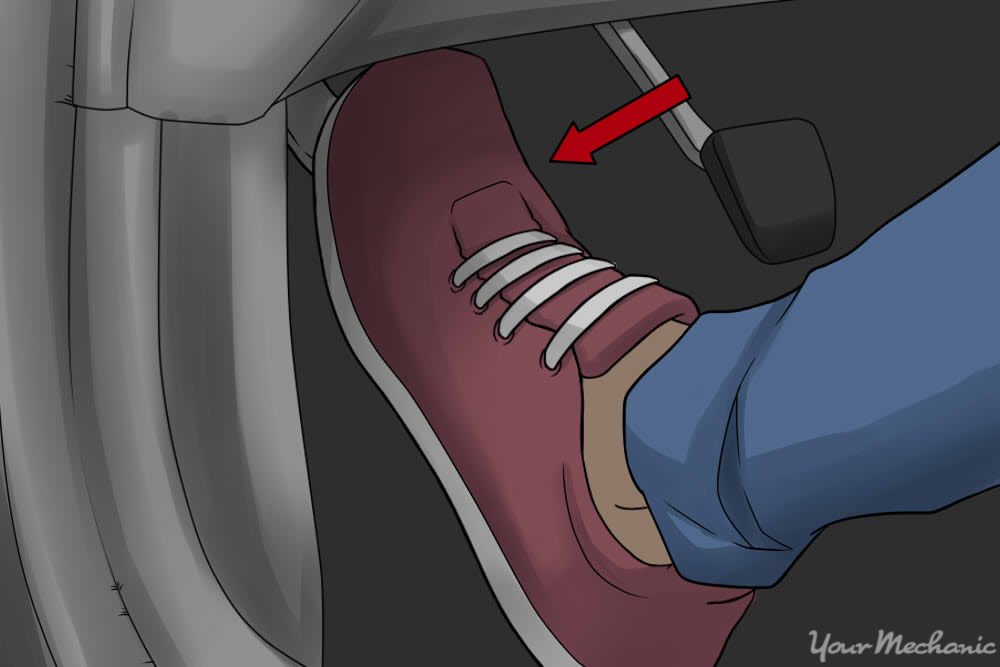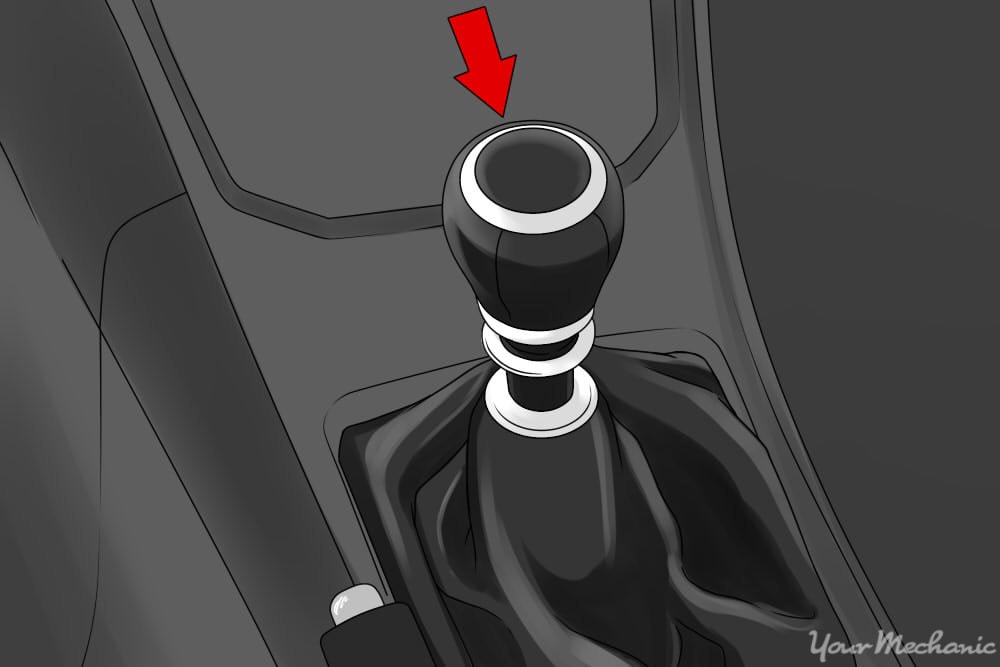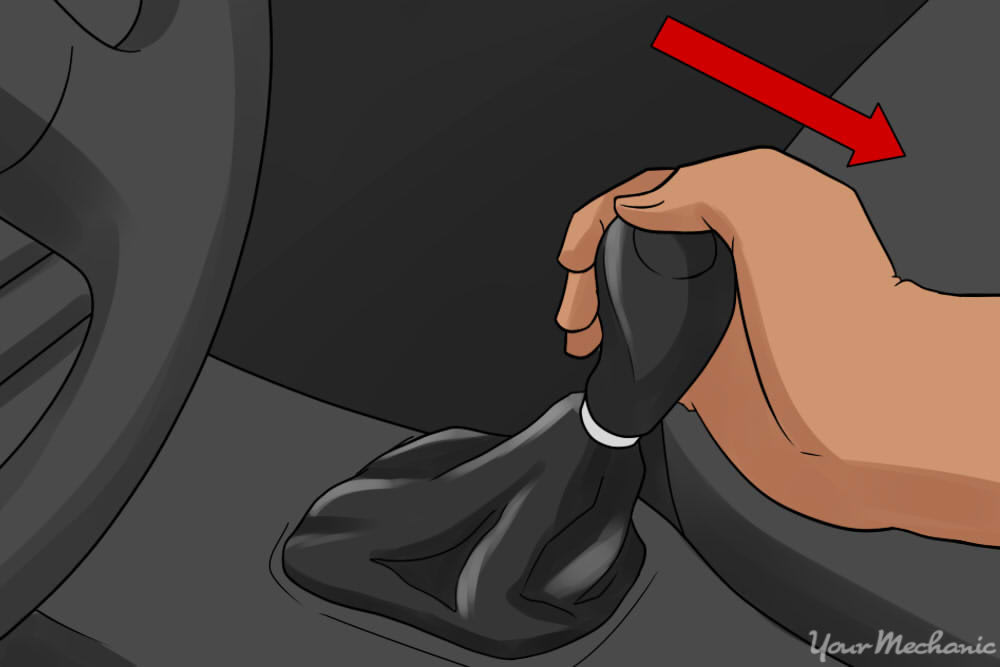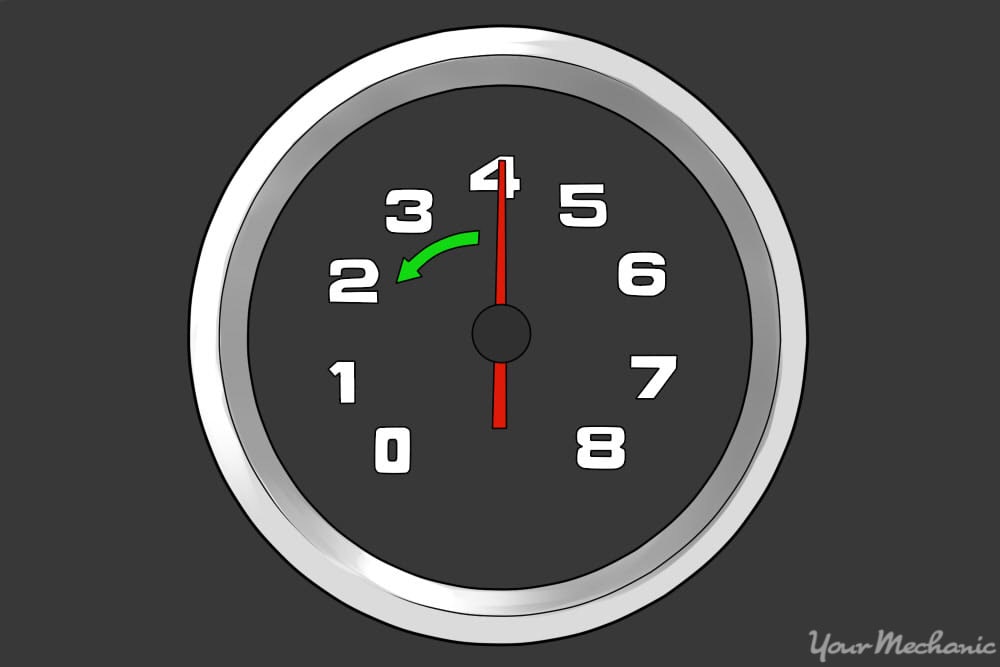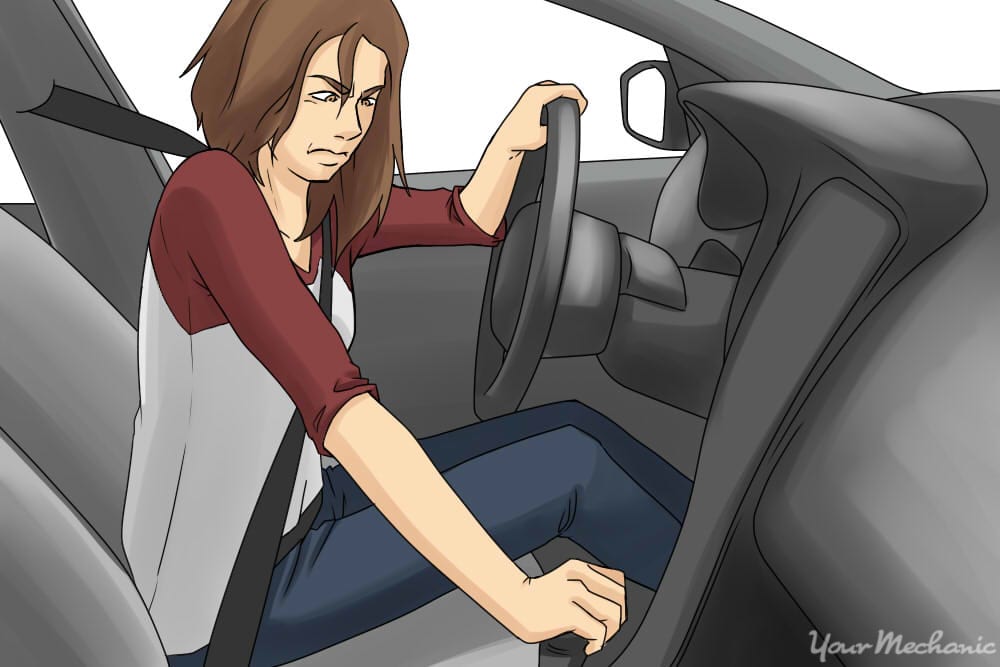

If you drive a car with a manual transmission, there will likely come a point in time when the clutch wears out or your clutch pedal breaks. Typically, clutch pedals are sturdy and don’t fail - though it is still possible that the pedal can break at the pivot, the pedal arm, or at one of the linkages or cables to engage and disengage your clutch.
- Warning: Driving your car while the clutch is broken will quite likely cause further damage either to the clutch, the gearbox, the shifter, or your starter motor. Use it as a last resort only.
Part 1 of 3: Start your engine without a clutch
If your car is equipped with a manual transmission and your clutch pedal breaks, your first challenge is going to be starting your car. Every modern car with a manual transmission has an ignition interlock switch that prevents your car from being started in gear.
Step 1: Position your vehicle with no obstacles in front of you. If you are in a parking lot or stall, you will need to push your car into the lane for a clear path in front of you.
Ask friends and bystanders nearby to give you a push.
Put your transmission in the center, neutral position and sit in the driver’s seat.
Have your pushers push your vehicle into the lane while you steer. Make sure not to apply the brake while your car is being pushed or you could hurt one of your helpers.
Step 2: Try to start your car while the gearshift is in first gear. Be ready to drive as soon as you turn the key.
Press the clutch pedal to the floor, even if the pedal is not functioning properly.
When you turn the key, your engine may not turn over if there is an ignition interlock switch associated with the clutch pedal.
If your car isn’t equipped with a clutch ignition interlock switch, your car will lurch forward when you turn the key.
Keep cranking the ignition until your car engine starts. Don’t crank longer than five seconds at a time or you can cause damage to your starter or overload your ignition and burn its fuse.
Your car will lurch consecutively until it gets quick enough to stay running.
When the engine starts, stop cranking and drive slowly and carefully away.
Step 3: Start your car in neutral. If you are unable to start your car in gear, start your car in neutral.
Manual transmission cars can be started if the gearshift is in the neutral position without the clutch depressed.
With the engine started and idling, slam the gearshift into first gear forcefully.
Press hard, hoping to engage the shifter into gear. Your car will lurch forward when it does.
The engine may stall if it engages gear in such an abrupt manner. It can take several tries to be successful.
If the gearshift engages into gear and your engine stays running, give your car a little throttle and begin to accelerate slowly.
Part 2 of 3: Upshift your transmission without a clutch
Upshifting is possible without a clutch. It takes a little practice to perform quick shifts, but even if you miss the shift the first time, you can try again without consequence.
Step 1: Speed up to the point where you need to shift. Some vehicles are equipped with warnings or indicators that illuminate when you need to shift to the next highest gear.
Step 2: Pull the shifter out of gear. Simultaneously let off the accelerator pedal and forcefully pull the shifter out of its current gear.
If you time it closely, it won’t take too much effort to pull the shifter out of gear.
You want to pull it out of gear before the car starts to decelerate. If the car decelerates before you get it out of gear, you’ll need to speed up and try again.
Step 3: Force the gear shift into the next highest gear immediately. If you were driving in first gear, you’ll be forcing it into second gear.
Engage the gear as the RPMs are dropping from the higher RPMs from the previous gear.
Hold the shifter against the gear position you want as the RPMs drop until it slips in.
Step 4: Repeat attempts to force the gear shift into gear as needed. If the RPMs drop down to idle and you haven’t engaged the next gear, rev the engine up and let it drop again while trying to force the shifter into gear.
When the gearshift slips into gear, quickly press the accelerator to prevent the car from jerking and slowing down.
There will be a significant jolt when your transmission does engage into the next gear.
Step 5: Accelerate again and repeat. Speed up and repeat to shift into the next highest gear until you are at your cruising speed.
Part 3 of 3: Downshift your transmission without a clutch
If you are decelerating to a stop, you can simply pull the shifter hard out of its current gear, leave it in neutral and apply your brakes. If you are slowing down but continuing to drive at a lower speed, you’ll need to downshift your transmission.
Step 1: When you need to downshift, pull your shifter out of its current gear. You have a few seconds to do this so don’t rush the process.
Step 2: Increase your RPMs to the level where you would normally upshift. Rev the engine up to roughly the engine speed where you would upshift to the next gear.
For example, on a gas engine you would typically upshift at around 3,000 RPM. Rev the engine to that speed while in neutral.
Step 3: Forcefully move the gear shift into the lower gear. When you are at the upshift engine speed, simultaneously release the accelerator pedal and force the gearshift into the next gear down.
If it doesn’t work on your first attempt, repeat it quickly.
Step 4: Throttle the engine. As soon as the gearshift engages the gear, give it a little throttle to continue driving.
Repeat it as necessary to slow down.
When it comes time to stop, simply pull the gearshift firmly out of gear and, instead of downshifting, leave it in neutral. Brake to a stop and turn your engine off.
When you are driving your vehicle with a clutch that doesn’t operate properly, do so very sparingly and only as a last resort. Once you get to your destination, have a trained mechanic such as the ones from YourMechanic inspect your clutch and repair it as necessary.



